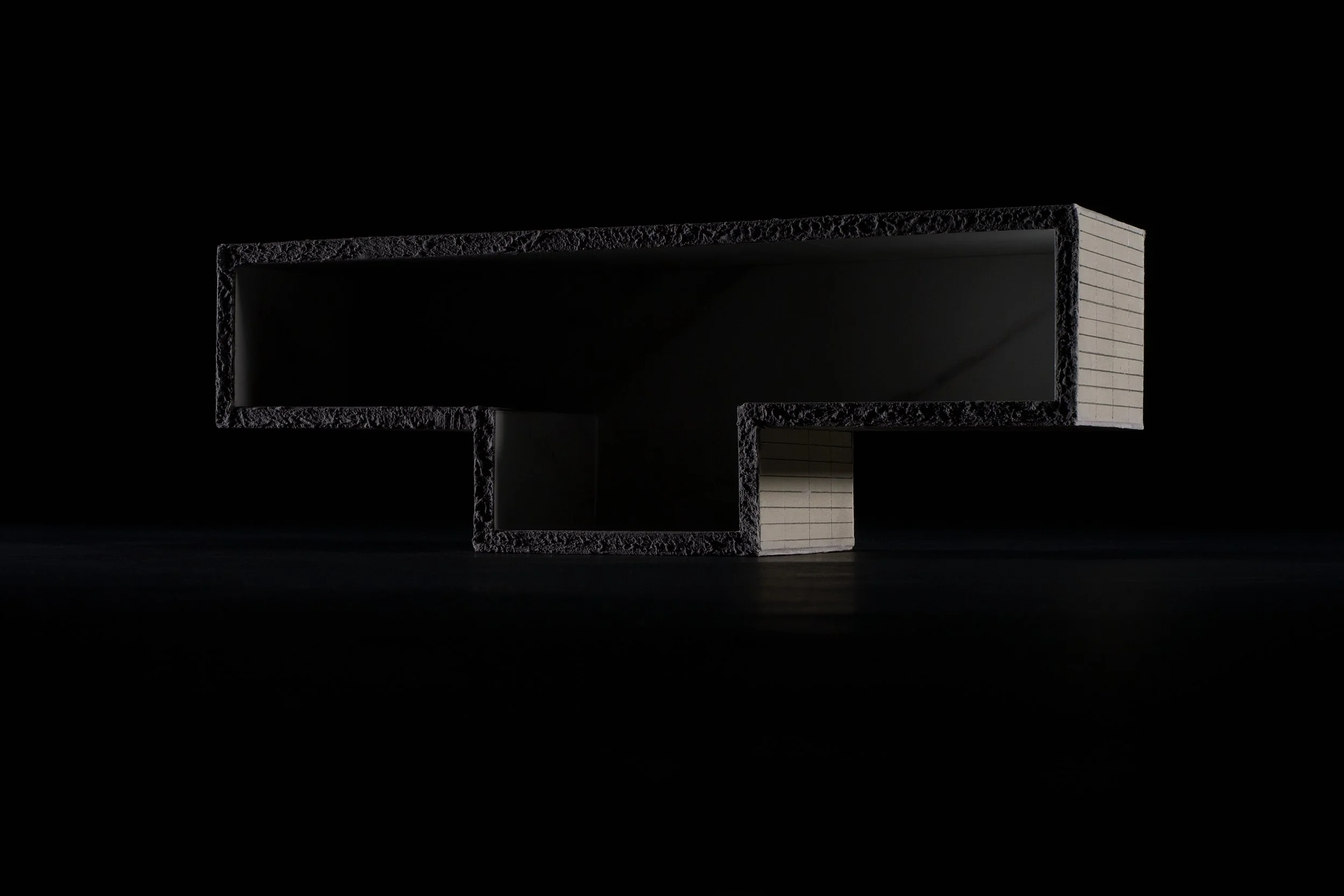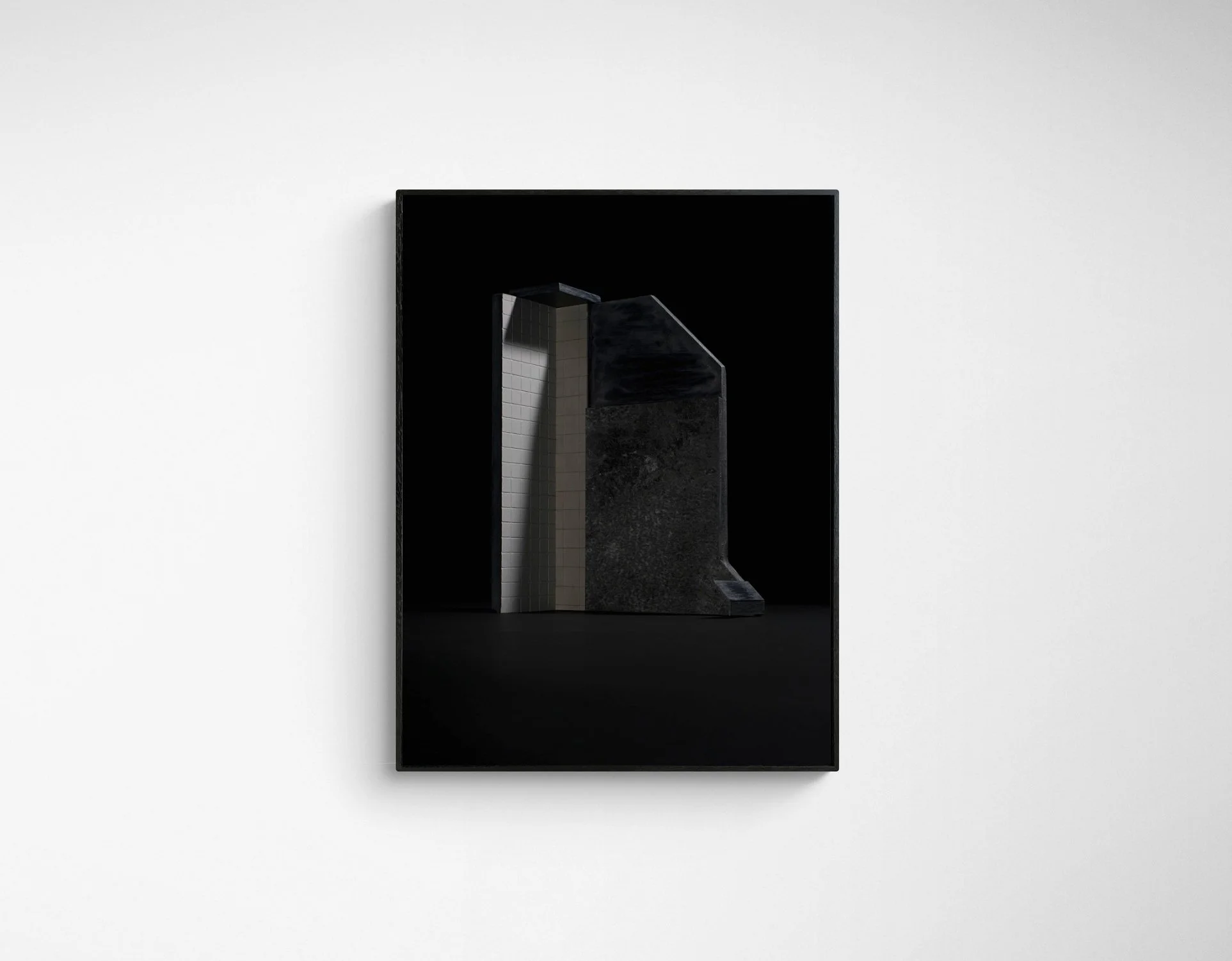I photograph maquettes of interiors and buildings that no longer exist. These miniature spaces are rebuilt from memory, making them distorted, incomplete, and deeply personal. I do not seek to recreate what once stood, but to give shape to how a place continues to live inside the body and mind.
The traces people leave behind, like holes in floors, marks on walls, fragments of use, become my raw material. Removed from their original context, they lose their function and begin to speak in other ways. In the maquette, they form a new architecture; in the photograph, they become a stage where memory and imagination meet.



